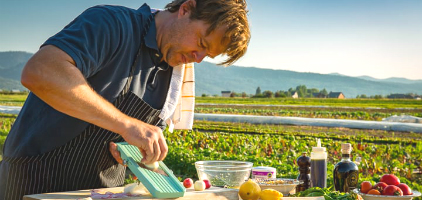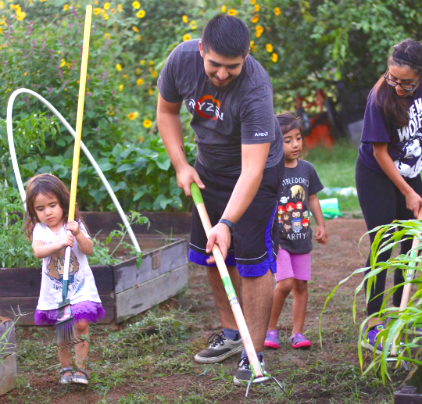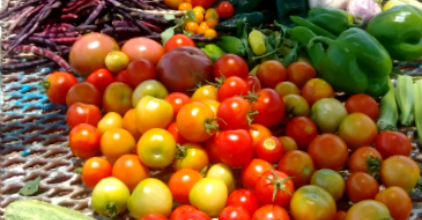
bringing nature, nurseries and gardeners together August 15, 2019
|
|
In the nurseries this weekend: at Wimberley Gardens owner Matt Horvath is offering a back-to-school special this Saturday: 4 inch perennials - buy one get one free. All rose bushes: $5 off.
At the Natural Gardener 20% off houseplants. outdoor rugs, metal furniture, and plant stands. Free class Sat. at 10 a.m. 'Intro to Herb Gardening' with Stacie.
Barton Springs Nursery sales: for $5 you can buy 1 gal. thry-allis, purple fountain grass, or echinacea cone flowers (Chey-enne spirit). Soil innoculent Mycostem: $16 (reg. $28). 3601 Bee Caves Road. ❦

Lemon-roasted beets: another inspiring video from CSA Field Chef Eric Wilson who demonstrates how to create this delicious side-dish. Modern Farmer ❦

Gabion walls: they are simple enough to make. Just take some robust netting and create a box shape, and fill it up with rocks, writes Janet Hall. Put some together, and you have created a very economical garden wall. Gardenista ❦
_________________________________________________
Central Texas Gardener: Learn how to save money with Leslie Halleck: get more houseplants, vegetables and flowers than you thought possible. Sat. 4 p.m. Sun. 9 a.m. KLRU ❦

Notes from a School Garden
by Renee Studebaker
There’s no way around it. If you want a decent fall garden, you have to do some serious sweating in July and August.
I long ago accepted that regular hand watering, weeding, mulching and pruning sessions at dawn and dusk are neces-sary if I want fall tomatoes, peppers and basil for my dinner table, and garden soil that’s still alive when it comes time to plant cool weather crops like carrots and lettuce in October. Of late, my quest to keep gardening through the heat of summer has become more urgent: partly because of the increasingly hot summers, but mainly because I’m now responsible for a 6,000 square foot garden at Smith Ele-mentary School in southeast Austin. I teach garden and cooking classes there during the regular school year. And a crispy brown dead garden at the start of the school year is not the best way to engage kids in the wonders of nature. I learned that the hard way my first year at Smith. I was assured at the time that my students would help me clean and revive the hot neglected summer garden as part of their after-school garden class time. Well, considering the Smith garden was then mostly Ber-muda and Johnson grass and overgrown rosemary bushes growing in hard-packed clay, we did OK, but it’s an exper-ience I’d rather not repeat. Comments from some of the older students pretty much echoed my concerns: 'Where are the butterflies?' 'Is this supposed to be fun?' 'This is too hard.'  A few weeks later, after they’ve had a chance to fall a little bit in love with the garden, the after-school students start learning how to care for it. And before long, some of them decide they actually like the work of maintaining a garden, regardless of the weather. My hope has been that one day a student who’s been smitten by the garden might be willing to come back during summer break to help me keep this special place alive until fall. That finally happened this summer. Pre-K student Scarlett Reyes visited the garden a few times during the school year with her teacher Sarah Ford. When we later sent out notes asking for summer garden helpers, Scarlett’s parents responded. Scarlett, her Mom and Dad (Priscilla and Alex), her little sister (Rosely), and her baby brother (Julien) have joined me 4 or 5 times to help with garden chores, including mulching tomatoes, peppers and eggplants held over from spring; scuffle-hoeing weeds; hand-watering vegetables and fruit trees; planting field peas and beans; and harvesting tomatoes, purple hull peas, and peppers. (See photo above) A win-win for all — the garden, the kids, their parents, and me.❦ Longtime Austin gardener and writer Renee Studebaker is a retired newspaper journalist who now teaches children how to grow and cook vegetables.
|
 It's About Thyme Legacy Publications.
Contact newsletter editor Darrel Mayers with any ideas for articles or interesting links at internationalrain@yahoo.com (hitting 'reply' to this email won't work) |
|
|